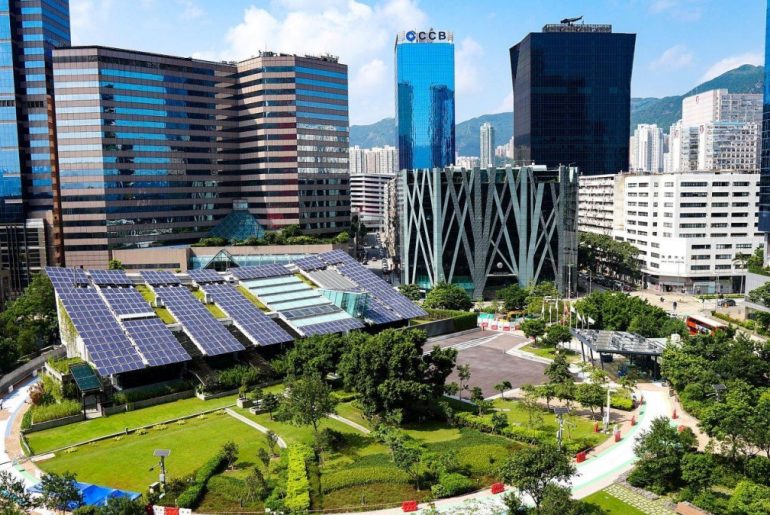Singapore’s Green Plan 2030 is a nationwide sustainability agenda aimed at transforming the city-state into a greener and more sustainable hub. This ambitious plan is not only reshaping the urban landscape but also influencing how condominiums are designed, built, and marketed. Developments like The Orie and Parktown Residence are excellent examples of how developers are aligning with this vision to meet new environmental standards and consumer expectations.
1. A Shift Toward Green Building Standards
One of the core elements of the Green Plan 2030 is enhancing building sustainability through stricter green certifications such as the BCA Green Mark. Developers are now integrating eco-friendly materials, energy-efficient systems, and sustainable construction practices. Projects like The Orie reflect this commitment, featuring energy-saving technologies and green spaces designed to reduce the urban heat island effect. Such innovations not only support the environment but also appeal to eco-conscious buyers.
2. Incorporating Renewable Energy Solutions
As part of the plan, Singapore is emphasizing the adoption of renewable energy, particularly solar power. Condos are now incorporating solar panels and energy storage systems to reduce reliance on non-renewable resources. For example, Parktown Residence is expected to integrate photovoltaic solutions on rooftops, providing sustainable energy to power common areas and reduce operational costs. These features make such properties more attractive to environmentally aware investors.
3. Enhanced Green Spaces and Biodiversity
The Green Plan encourages urban developments to increase green spaces and support biodiversity. This has led to the inclusion of features such as rooftop gardens, vertical greenery, and communal eco-parks in condo projects. The Orie incorporates lush landscaping and nature-inspired amenities, offering residents a serene environment while promoting sustainability. These developments align with Singapore’s vision of creating a “City in Nature.”
4. Improved Accessibility and Car-Lite Strategies
To support the Green Plan’s push for sustainable mobility, condo projects are now designed with improved accessibility to public transport and car-lite infrastructure. Condos like Parktown Residence, located near major MRT stations and cycling paths, are perfect examples of developments that prioritize connectivity while minimizing carbon footprints. Such strategic locations also enhance property values and rental demand, benefiting investors.
5. Long-Term Benefits for Investors and Residents
The Green Plan 2030 is not just about environmental benefits—it also creates financial incentives for property owners. Energy-efficient features and green certifications translate to lower utility bills and higher resale values. Moreover, condos that align with the Green Plan, like The Orie and Parktown Residence, attract a growing demographic of environmentally conscious tenants and buyers, ensuring sustained demand.
Conclusion: Building a Sustainable Future
Singapore’s Green Plan 2030 is reshaping the real estate market, with condo developments leading the charge in sustainability. Projects like The Orie and Parktown Residence demonstrate how environmental considerations are now central to property design and investment strategies. As Singapore continues its journey toward a greener future, these developments set a benchmark for eco-friendly urban living and smart investments.

